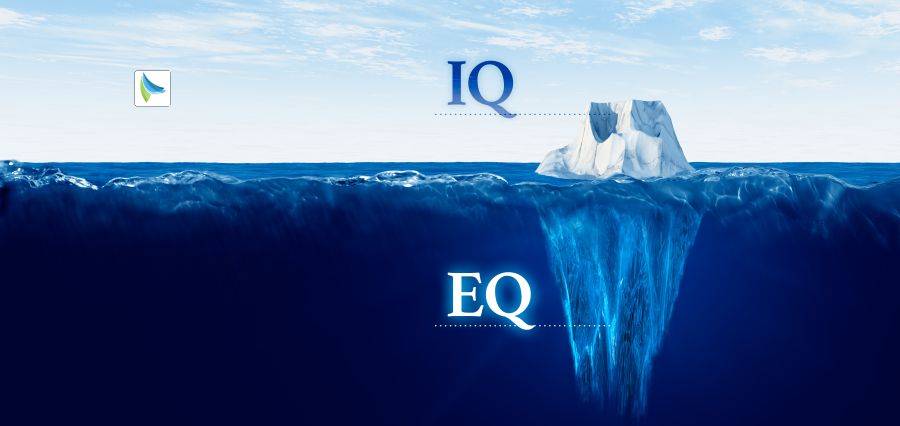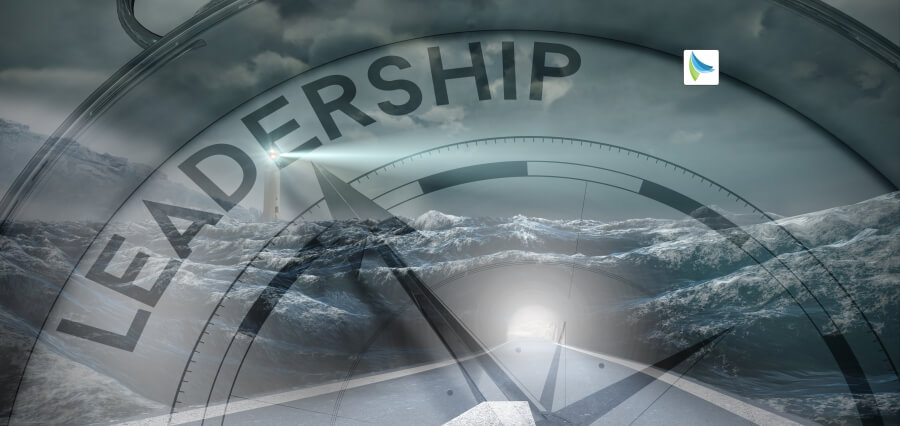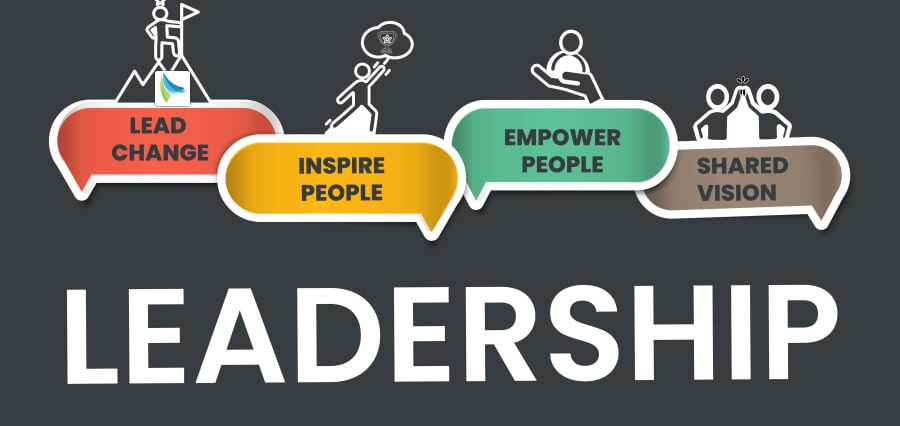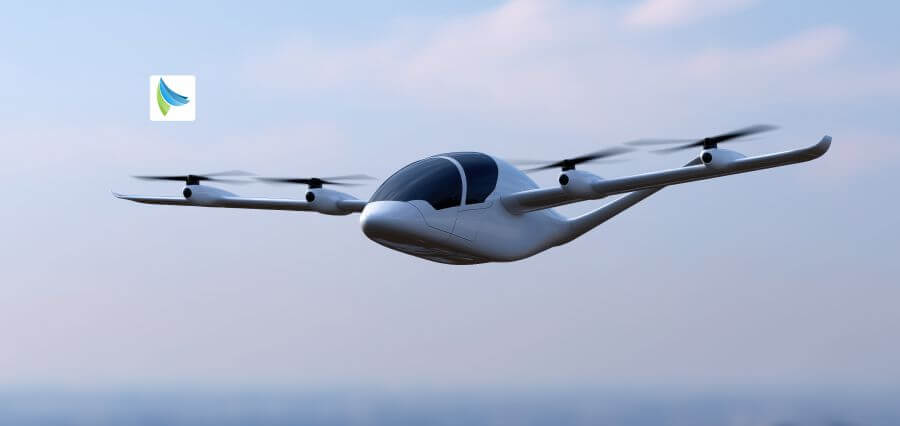We are living in a time where volatility has become a constant. Rapid technological change, geopolitical instability, global health crises, and economic swings are reshaping the rules of business and leadership alike. In this landscape, the demands placed on leaders are evolving just as quickly. The old playbooks no longer suffice. Strategic leadership in this new era requires a nuanced balance—between bold innovation, people-centric cultures, and high-performance outcomes.
The executives who succeed here are not just reactive. They are future-focused, purpose-based, and responsive in their action. They realize that winning in times of disruption is not only about strategy but about the capacity to change forever, build resilience, and get people to contribute at a meaningful level towards common goals.
Innovation with Intent
Innovation today is not a choice—it is the driver of survival and relevance. But in a competitive market where everyone is running to embrace the newest technology or subvert current models, strategic leaders differentiate themselves by innovating with purpose. They don’t pursue fads to stay current. Instead, they make more fundamental inquiries: What are we trying to solve? How does this further our mission? What value does this add to our customers and stakeholders?
In the process, they turn innovation from an ad-hoc effort into a purposeful, systematic force for change. They commit to skills that count—not tools and technologies, but systems for experimentation, collaboration, and ongoing learning. Innovation becomes part of the organization’s fabric, allowing it to grow in harmony with the world around it.
Human-Centered Leadership
At the center of every resilient organization are human beings—people who infuse energy, empathy, and imagination into uncertain, dynamic contexts. Strategic leaders understand that transformation cannot occur through processes. It occurs when people are motivated, enabled, and aligned to a sense of higher purpose.
This is why contemporary leadership is inherently human-focused. It values psychological safety, active listening, and belongingness. It values vulnerability as a strength and recognizes that trust, once achieved, is an extraordinary catalyst for performance. By developing cultures in which workers feel noticed and heard, leaders unlock intrinsic motivation and generate a sense of ownership.
Human-centered leadership also involves acknowledging the difference of talent, thought, and lived experience as a business strength. The more diverse an organization is, the more innovative and flexible it will be—more able to comprehend changing customer needs and to create solutions that mirror the world’s complexity.
Performance Without Burnout
During times of disruption, organisations find themselves compelled to do more with less. Strategic leaders have no choice but to create solutions that drive performance without propelling their teams into burnout. This is not merely a matter of workload management—it’s about making clarity, establishing priorities, and setting rhythms that permit intensity and rest.
Sustainable performance is based on alignment. As long as people grasp how their work leads to larger goals, they work with more purpose and satisfaction. Leaders who speak with candor, set clear goals, and eliminate obstacles to action bring into being environments in which excellence is the natural consequence—not the result of coercion, but of purpose and empowerment.
Concurrently, great companies care about well-being. They recognize rest, reflection, and reinvention as not distractions from productivity, but as pillars of long-term success. Strategic leaders craft ecosystems where people can grow up without wearing themselves down.
Decision-Making in the Grey
The contemporary leader never works with complete information. It is today’s decision-making often which takes place in grey areas—irregular spaces where data is imperfect, outcomes are uncertain, and timelines are tight. What sets great leaders apart is not their exposure to solutions, but their skill in maneuvering those spaces with judgment, humility, and bravery.
They know when to hold back and think, and when to act unhesitantly. They ask for input without resorting to analysis paralysis. They create space for experimentation, realizing that failure is not the other end of success but an integral part of the journey. They make value-based decisions and are transparent even when the way ahead is messy.
By doing so, they establish credibility—not because they are perfect, but because they are actual, earthy, and open to learning in public.
The Integration of Strategy and Culture
One of the characteristics that define strategic leadership in this age is that it understands strategy and culture are not two different worlds. They are very interdependent. Good strategies collapse in cultures that don’t change. On the other hand, great culture without direction results in energy without outcome.
Contemporary leaders construct both simultaneously. They synchronize strategic priorities and cultural behaviors so that what the organization portrays externally is in harmony with how it acts internally. They don’t just define what success will be, but also what type of organization they wish to become in the process of achieving it.
This alignment is particularly important in times of disruption, when organizations are most susceptible to misalignment, disconnection, or mission drift. By anchoring change efforts in common values, leaders ensure that the company advances together—no matter how unknown the terrain may be.
Leading Forward
There is no going back to the ease of the past. The complexities of the times require more than transactional leadership—they require transformation. Strategic leaders have to be architects of possibility: courageous enough to see what’s next, disciplined enough to guide execution, and empathetic enough to bring people with them.
The future will keep challenging assumptions, pushing capabilities, and requiring reinvention. But with a leadership framework that links innovation, people, and performance, organizations can do more than survive disruption—they can shape the contours of what’s next.
This is the promise—and the burden—of leadership in the era to come.
Read Also: From Blueprint to Results: Unlocking Visionary Growth Strategies for Success












